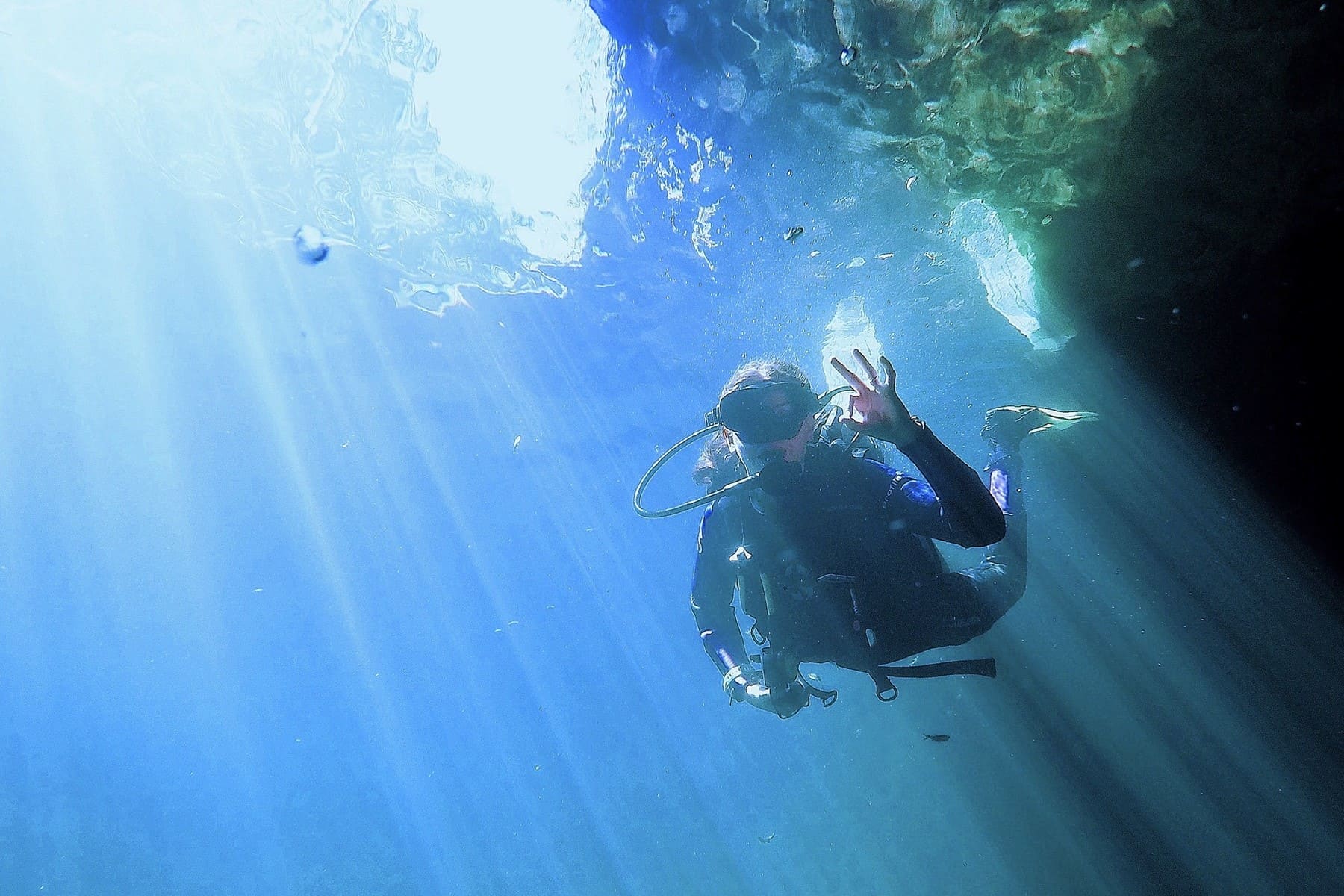The syndrome of ?shallow waters? in apnea
The syndrome of ?shallow waters? in apnea in technical language, anoxic syncope of emersion? It consists of a sudden fading that can occur during ascent, near the surface, in the course of prolonged APNEA dives (not with autonomous equipment). If the appropriate safety measures are not respected, this phenomenon can lead to drowning that can be fatal.
The cause of this phenomenon is hypoxia caused by breathing O2 concentrations lower than 10-12% at 1 ATA, which are incompatible with life? Let us remember that, in the air, the O2 concentration is 21%. Thus, while the freediver remains submerged at depth, the concentration of O2 in the air trapped in his lungs gradually decreases due to its transfer to the blood; however, it does not experience any symptoms because the decrease in the percentage of O2 is compensated by the absolute pressure to which it is subjected: for example, at a depth of 10 meters, it would have 2 ATA x 10% of O2 = 0.2 ATA, equivalent to breathe a 20% of O2 on the surface..
The freediver develops his activity in immersion until he feels the need to come out to breathe. As you rise towards the surface, the ambient pressure drops. Close to her; for example, at 3 meters, it happens that there are 1.3 ATA x 10% of O2 = 0.13 ATA, equivalent to breathing a concentration of 13% of O2, an insufficient amount for adequate cerebral oxygenation, resulting in syncope.
Preventive security measures
The syndrome of ?shallow water? in apnea it is prevented:
? Limiting hyperventilation prior to immersion to a maximum of 4 ventilations, to avoid an excessive drop in the level of CO2 in the blood that delays the need to surface to breathe too long.
? Diving always accompanied by another diver and watching each other.

Absolutely agree with this article. In fact, it is more pleasant to dive in apnea at 30 meters than at 20 because of the feeling of well-being that ppO2 provides at this depth. The way to avoid syncope when reaching the surface is not to hyperventilate before the descent and also to control the rate of ascent. In short, freediving in a relaxed and unforced way.
Congratulations for the article. you are a crack